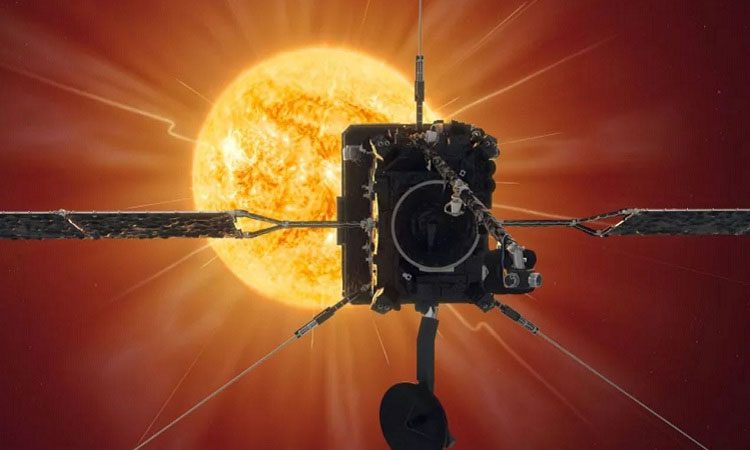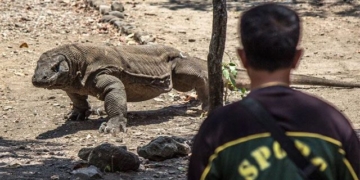The Solar Orbiter spacecraft will come closest to the Sun at a distance of 48 million kilometers at the end of March to capture images that will help uncover some of the mysteries of this star.

Simulation of the Solar Orbiter spacecraft studying the Sun. (Photo: ESA).
The Solar Orbiter, a collaborative mission between the European Space Agency (ESA) and NASA, was launched in February 2020. The spacecraft drew significant attention during its first flyby near the Sun in June 2020 when its camera captured previously unseen phenomena on the surface of the star, small bright streaks known as “campfires.” During that imaging, the Solar Orbiter was positioned between Earth and the Sun at a distance of 77 million kilometers. In the upcoming flyby, the Solar Orbiter will capture images of the Sun from a distance of 48 million kilometers. No spacecraft has ever taken images of the Sun from such a close distance, meaning the Solar Orbiter will break last year’s record.
Louise Harra, director of the World Radiation Center at the Meteorological Observatory in Davos, Switzerland, and one of the principal researchers of the mission, hopes to understand whether any dynamic features observed in the “campfires” are present in the solar wind. The solar wind is a constant stream of particles emitted from the Sun, which can cause geomagnetic storms on Earth, affecting power grids and damaging satellites in orbit.
Scientists want to find out whether the campfires, which range from 400 to 4,000 kilometers wide, release energy into the surrounding space, as this could explain why the corona, the Sun’s outer atmosphere, is so hot. With temperatures reaching up to 1 million degrees Celsius, the corona is significantly hotter than the Sun’s surface (5,500 degrees Celsius). This temperature difference seems illogical, as materials farther from the heat source should be cooler.
To understand how the Sun impacts its surrounding environment, the Solar Orbiter uses 10 scientific instruments to conduct measurements. The next close flyby will occur on March 26. The spacecraft will spend three weeks flying closer to the Sun than the orbit of Mercury, the innermost planet in the solar system. Japan’s Hinode satellite, NASA’s Interface Region Imaging Spectrograph (IRIS), and ESA’s Solar and Heliospheric Observatory will monitor the impacts on space weather while the Solar Orbiter seeks to trace their origins.





















































